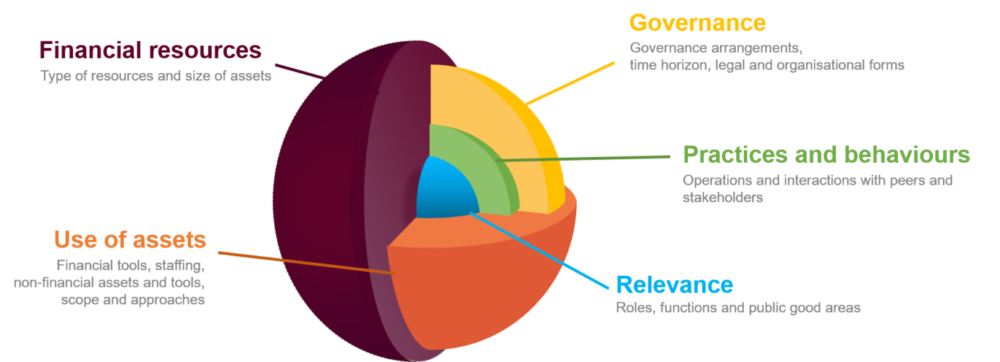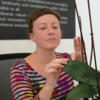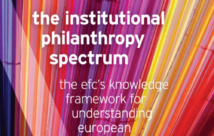Institutional Philanthropy Spectrum
The Institutional Philanthropy Spectrum serves as a flexible framework for our knowledge base, allowing us to continuously build and adapt a systematic understanding of the diverse and ever-evolving European institutional philanthropy sector.
Developed by Philea, the Spectrum is designed to be circular rather than linear, illustrative rather than definitive, and as such, open to continuous evolution. Taking a functional rather than legalistic approach to understanding European philanthropy, the Spectrum encompasses the following key aspects of the sector:
- Financial resources: Type of resources and size of assets
- Use of assets: Financial tools, staffing, non-financial assets and tools, scope and approaches
- Governance: Governance arrangements, time horizon and organisational and legal forms
- Practices and behaviours: Operations and interactions with peers and stakeholders
- Relevance: Roles, functions and public good areas

A multidimensional approach
Too often the philanthropic sector is viewed in 2D. Who is funding what project? How much money is spent? What types of philanthropy projects exist? This approach of only focusing on a few parameters has led to a narrow and distorted view of what is actually occurring in the philanthropic sector. Recognising the need to gain a more accurate view, Philea has developed the IPS as a flexible, multidimensional tool.
The Spectrum allows us to investigate and examine the landscape of philanthropy to understand how philanthropic organisations are operating at multiple levels, and to identify correlations between impact and the diversity in the field, not just at the project level but all the way up the structure and resource chain. The tool enables individual philanthropic organisations to picture where they fit within the multidimensional sphere of institutional philanthropy.
Each of the five layers can be broken down into several elements, shedding light on the similarities and differences between philanthropic organisations. A philanthropic organisation will have a different positioning for each of these aspects, which will contain multitudes of different structures, practices and ways of working – capturing the diversity of the sector.
A particular organisation’s profile across the Spectrum will reflect its position within the five layers, giving it a unique identity, but one which can be grouped and regrouped with other organisations, depending on the lens used. For instance if one looks at the profiles through the lens of assets, organisation A and organisation B would be grouped together. But looking at the profiles through the lens of governance would put these foundations in different groups. Additionally, as an organisation changes and evolves, its position can move within the interconnected aspects and layers of the Spectrum.
Get involved!
You’re a practitioner ‒ a foundation, a corporate funder, a grantmaker, an adviser, a researcher on philanthropy ‒ so get involved! We invite our members and others in the sector to help us develop and refine the Spectrum by giving us feedback on this framework tool.
Notes
-
Financial resources: Type of resources and size of assets
Focuses on the origin and types of financial resources − endowment, self-generated and other income − and the size of these resources.
-
Use of assets: Financial tools, staffing, non-financial assets and tools, scope and approaches
Focuses on how institutional philanthropy manages and makes use of its assets. This covers its financial assets, human resources, non-financial tangible and intangible assets; as well as the scope of the organisation (i.e. mandate, issue, population and geographical foci), and the approach(es) it takes (i.e. grantmaking, operating, both grantmaking & operating, creating new entities, investing, investing & engagement / co-management, using a mix of these).
-
Governance: Governance arrangements, time horizon and organisational and legal forms
Focuses on the governance arrangements of the organisation including the appointment of the governing organ(s), their composition, their functioning, and the relations between the various organs and parties; the time horizon of the organisation (does it have a set duration or does it exist in perpetuity?); and its form (e.g. foundation forms, company forms, NGO forms or others).
-
Practices and behaviours: Operations and interactions with peers and stakeholders
Focuses on the practices and behaviours of the organisation as reflected in its operations and relations with peers and stakeholders.
-
Relevance: Roles, functions and public good areas
Focuses on the areas of expertise/competence of institutional philanthropy and on the role of the organisation from its own viewpoint and perspective, i.e. its position and what it does in society; and its function, i.e. the purpose for which it is designed and exists.
Contacts


